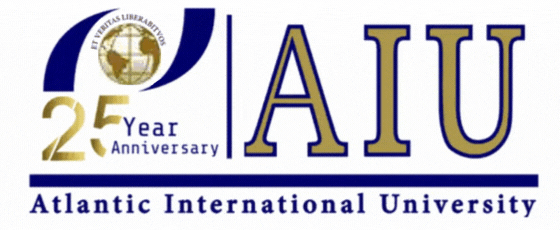- RESEARCHDistance Learning at AIU is enhanced by vast academic resources and innovative technologies build into the Virtual Campus: Hundreds of self-paced courses with video lectures and step by step lessons, thousands of optional assignments, 140,000 e-books, the Social Media & Networking platform allowing collaboration/chat/communications between students, and MYAIU develop students holistically in 11 areas beyond just academics.
- PROGRAMS OFFERED
- Areas of Study
- Courses and Curriculum
- Open Courses
- Register for a Program
- Associate Program
- Associate in Addiction Counseling
- Associate in Agriculture Food And Resources
- Associate in Anti Terrorism Security
- Associate in Behavior Analysis In Special Education
- Associate in Bioethics
- Associate in Climatology
- Associate in Cultural Theological Communication
- Associate in Culinary Arts
- Associate in Ecotechnology
- View all Associates Programs
- Bachelor Program
- Bachelors in Community Development
- Bachelors in Environmental Science
- Bachelor in Education (B.Ed, BS)
- Bachelors in Economics
- Bachelors in Entrepreneurship
- Bachelors in Financial Administration
- Bachelors in Human Resource Management
- Bachelors in Linguistics
- Bachelors in Nutritional Science
- Bachelors in Occupational Health and Safety
- Bachelors in Psychology
- View all Bachelor Programs
- Doctorate Program
- Doctor | of Biology (PhD)
- Doctorate in Business Administration (DBA, PhD)
- Doctor of Economics (PhD)
- Doctor of Electrical Engineering (D.Sc, PhD)
- Doctor of Finance (PhD)
- Doctorate in International Relations
- Doctorate in Information Technology (D.Sc)
- Doctor of Legal Studies (PhD)
- Doctor of Project Management (PhD)
- Doctor of Sociology (PhD, D.Sc)
- Doctorate in Sustainable Natural Resources Management
- View all Doctorate Programs
- Master Program
- Postdoctoral Program
- Postdoctoral in Animal Science
- Postdoctoral in Anti Terrorism Security
- Postdoctoral in Behavior Analysis In Special Education
- Postdoctoral in Bioethics
- Postdoctoral in Blockchain Technology and Digital Currency
- Postdoctoral in Business Management
- Postdoctoral in Cloud Computing
- Postdoctoral in Computer Engineering
- View all Postdoctoral Programs
AIU offers a wide range of majors in areas including the Arts, Business, Science, Technology, Social, and Human studies. More than 120 degrees and programs are available for adult learners at the associate’s, bachelor’s, master’s, doctoral and postdoctoral level. - VIRTUAL CAMPUS
Distance Learning at AIU is enhanced by vast academic resources and innovative technologies build into the Virtual Campus: Hundreds of self-paced courses with video lectures and step by step lessons, thousands of optional assignments, 140,000 e-books, the Social Media & Networking platform allowing collaboration/chat/communications between students, and MYAIU develop students holistically in 11 areas beyond just academics.
- ALUMNI
The world is YOUR campus!”, that is the message of AIU’s month magazine Campus Mundi. Hear the voices and see the faces that make up AIU. Campus Mundi brings the world of AIU to you every months with inspirational stories, news and achievements by AIU members from around the world (students and staff are located in over 200 countries).
Microplastics in Our Ecosystems: Understanding the Impact and Solutions
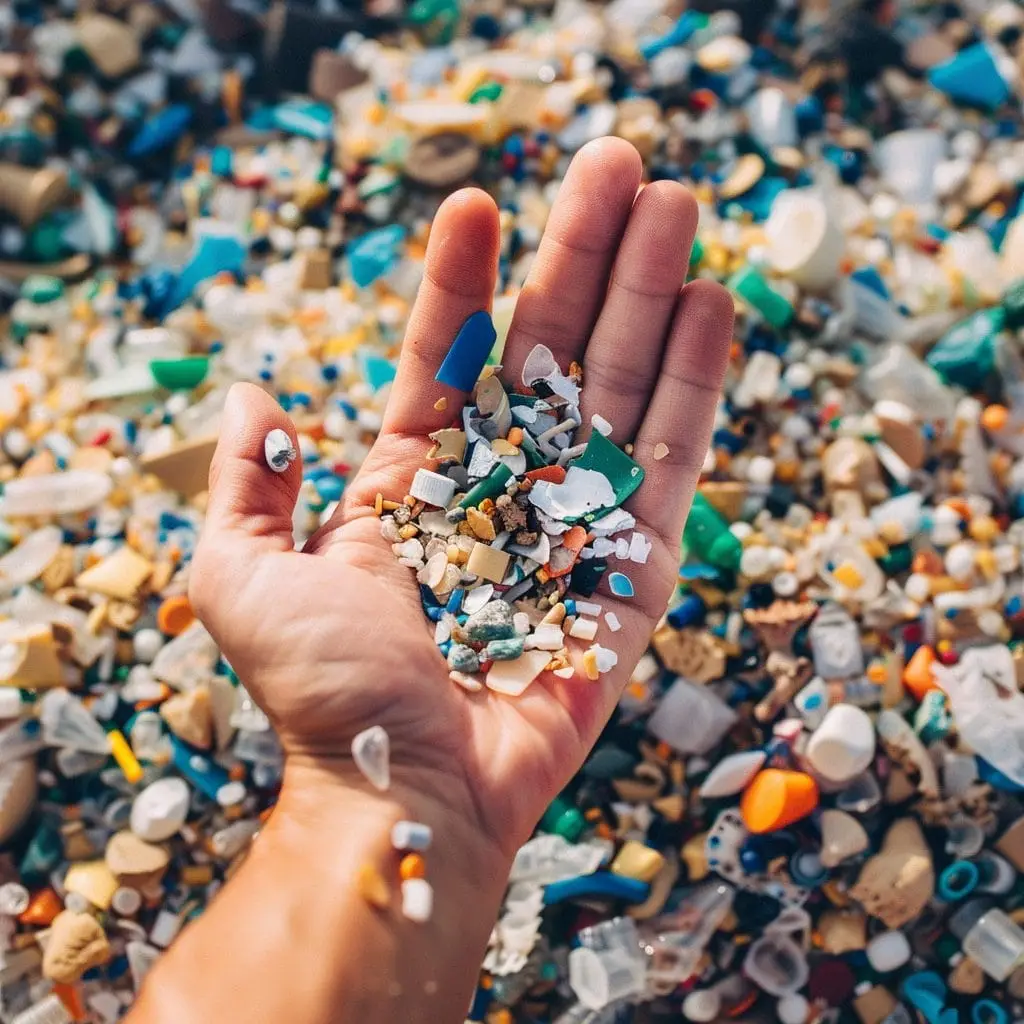
Ready to make a difference by reducing your plastic usage and combating microplastic pollution?
Interested in learning how communities creatively tackle plastic waste locally?
Curious about the role of policies and corporate responsibility in fighting microplastics and how you can get involved?
Mindful, environment-friendly initiatives focused on public awareness, corporate responsibility, and governmental action are the best ways to combat the global microplastic battle. Explore the article below and create an essay highlighting your thoughts on this topic. Please share with us the microplastic combating approaches you follow daily or believe to be highly potent, emphasizing your promise to a greener and healthier world!
(Login to your student section to access the AIU Additional Resources Library.)
Microplastics in Our Ecosystems: Understanding the Impact and Solutions
Atlantic International University (AIU) remains steadfastly aligned with UNESCO’s goals. It champions sustainable development and environmental stewardship among its students. With Earth Month observed globally in April, AIU recognizes the imperative of addressing microplastic pollution, a pressing environmental concern.
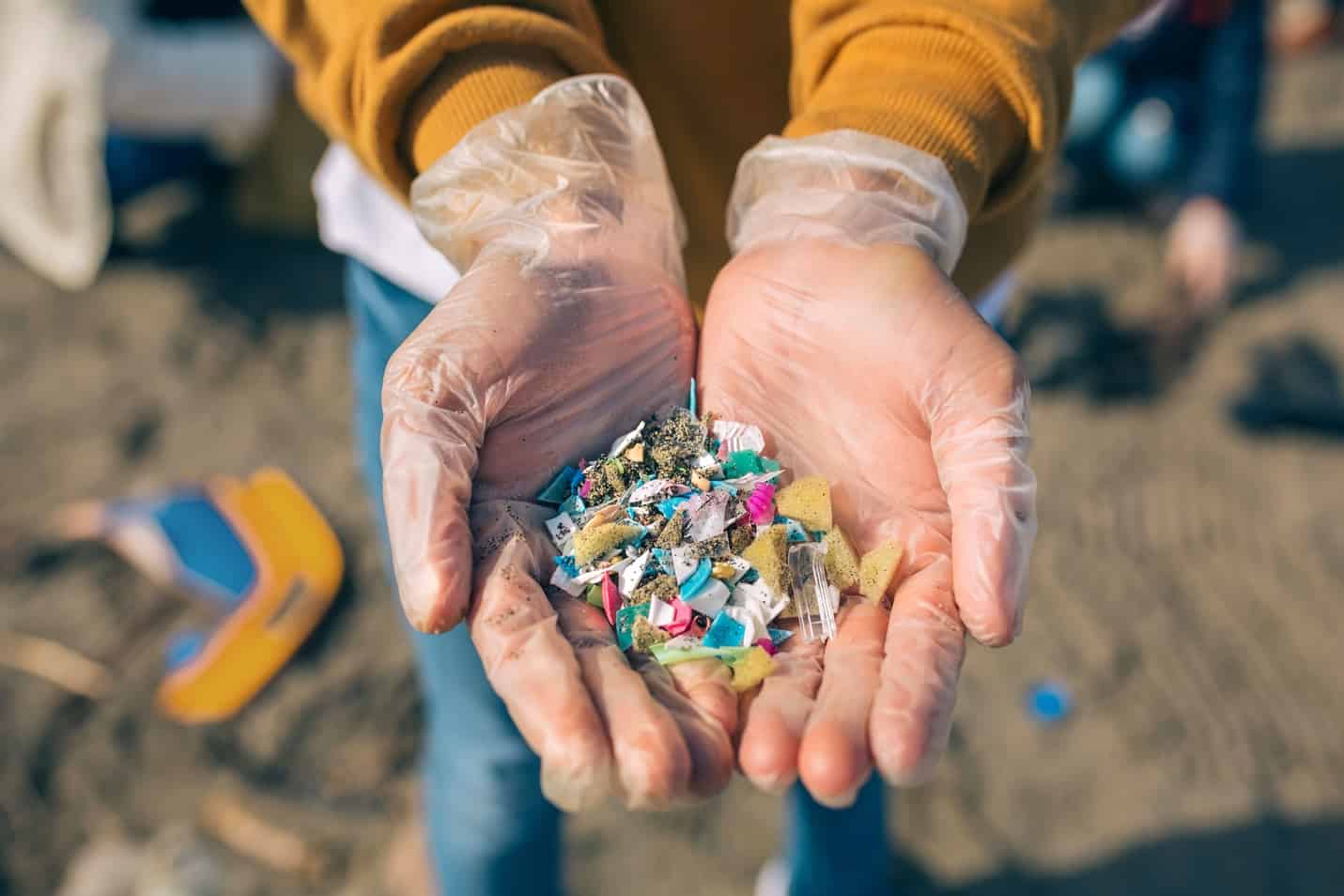
Through this article, AIU aims to enlighten its students about the pervasive impact of microplastics on ecosystems and to galvanize collective action. UNESCO’s goals, especially Goal 13 (Climate Action), Goal 14 (Life Below Water), and Goal 15 (Life on Land), underscore the urgency of conserving Earth’s resources. Realizing these objectives necessitates a comprehensive understanding of and practical strategies to mitigate the pervasive threat of microplastics, which infiltrate environments from the depths of oceans to the remotest wilderness.
What are Microplastics?
Microplastics, defined as plastic particles less than five millimeters in size, arise from multiple sources. They result from the degradation of more oversized plastic items, the abrasion of synthetic textiles, and the breakdown of microbeads in personal care products. These minute particles present significant ecological challenges due to their ubiquitous presence and persistence.
Microplastics permeate soil, water bodies, and the atmosphere, posing threats to ecosystems and wildlife. For instance, a comprehensive study in the Arctic found microplastics in sea ice, indicating their global dissemination and profound impact. Additionally, researchers have documented microplastics’ presence in marine organisms’ digestive tracts, emphasizing their threat to aquatic life and potential incorporation into the food chain.
The Impact on Ecosystems
- Marine Ecosystems
Marine ecosystems, crucial for global biodiversity and food security, are particularly vulnerable to microplastic pollution. Case studies conducted in various marine habitats have revealed alarming impacts on aquatic organisms and ecosystems. For instance, research conducted in the Great Barrier Reef, Australia, demonstrated that corals exposed to microplastics experienced tissue damage and reduced reproductive success.
Similarly, investigations in the North Pacific Ocean identified high concentrations of microplastics in the digestive tracts of seabirds, resulting in malnutrition and reproductive complications. These findings underscore the urgent need to mitigate microplastic pollution to safeguard marine ecosystems and biodiversity.
- Terrestrial Ecosystems
Microplastics also pose risks to terrestrial ecosystems, affecting soil health and biodiversity. Studies conducted in agricultural regions have shown that plastic mulches and irrigation systems microplastics can accumulate in soil, potentially disrupting nutrient cycling and plant growth. Furthermore, research in urban parks and natural reserves has documented the presence of microplastics in soil samples, indicating their widespread distribution in terrestrial environments. These findings raise concerns about the impact of microplastics on soil biota and ecosystem functioning, emphasizing the interconnectedness of terrestrial and aquatic ecosystems.
Addressing the Issue: Solutions and Strategies
Microplastic pollution significantly threatens ecosystems and biodiversity, necessitating urgent action to mitigate its impact. Various solutions and strategies have been proposed to combat this pervasive environmental challenge, ranging from reducing plastic consumption to advocating for policy reform and investing in research and innovation.
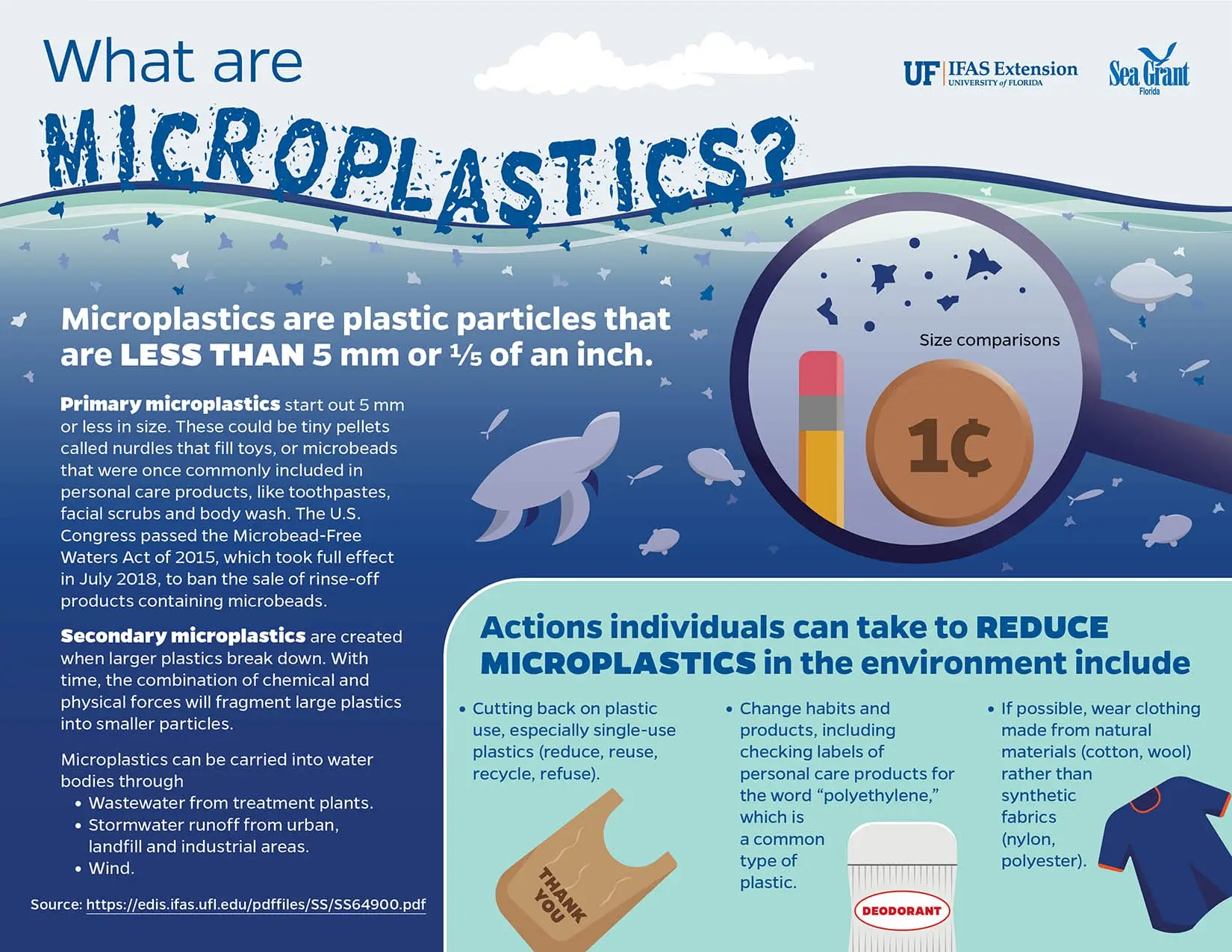
By adopting a multifaceted approach that integrates public awareness, corporate responsibility, and governmental action, we can work towards a sustainable future free from the harmful effects of microplastics. This section will explore various solutions and strategies to address microplastic pollution and preserve Earth’s ecosystems for future generations.
- Reduction of Plastic Consumption
Reducing plastic consumption is paramount in mitigating microplastic pollution. AIU encourages its students to adopt sustainable consumption habits, such as minimizing single-use plastics and supporting initiatives promoting reusable alternatives. Educational campaigns, consumer awareness programs, and sustainable lifestyle workshops can empower individuals to make environmentally conscious choices and reduce their plastic footprint. Additionally, government regulations and industry commitments to phasing out single-use plastics can significantly reduce plastic consumption at the source.
- Proper Waste Management
Effective waste management is essential for preventing plastic waste from entering the environment. AIU advocates for improved waste collection and recycling infrastructure to minimize plastic pollution. Community-based recycling programs, waste segregation initiatives, and clean-up campaigns can help prevent plastic waste from entering waterways and ecosystems. Investing in advanced waste processing technologies, such as plastic-to-fuel conversion and chemical recycling can further enhance the efficiency of plastic waste management and reduce environmental pollution.
- Promoting Sustainable Alternatives
Promoting sustainable alternatives to plastic products is crucial for reducing reliance on conventional plastics and mitigating microplastic pollution. AIU encourages its students to support businesses and initiatives that offer eco-friendly options, such as biodegradable packaging, compostable utensils, and plant-based materials. Collaboration with industry partners and startups in developing sustainable materials and packaging solutions can accelerate the transition to a circular economy. Furthermore, consumer education and awareness campaigns highlighting the benefits of sustainable alternatives can drive demand and adoption among the general public.
- Advocacy and Policy Reform
Advocacy and policy reform are instrumental in addressing the systemic issues underlying microplastic pollution and driving meaningful change at the societal level. AIU encourages its students to advocate and support policy initiatives to reduce plastic pollution and promote environmental conservation. Lobbying for stricter plastic production, distribution, and disposal regulations can incentivize industries to adopt more sustainable practices. Supporting initiatives promoting extended producer responsibility, plastic taxation, and plastic bans can create a regulatory framework encouraging innovation and investment in sustainable solutions.
- Research and Innovation
Investments in research and innovation are critical for developing sustainable solutions to microplastic pollution. AIU supports interdisciplinary research initiatives to understand microplastics’ sources, pathways, and impacts. Funding research projects focused on developing biodegradable plastics, innovative waste management technologies, and eco-friendly materials can drive innovation and accelerate the transition to a plastic-free future. Collaboration between academia, industry, and government stakeholders is essential for translating research findings into practical solutions and policy interventions.
- Public Awareness and Education
Public awareness and education are essential for mobilizing collective action and fostering a culture of environmental responsibility. AIU encourages its students to engage in outreach activities, educational workshops, and awareness campaigns to raise awareness about the impact of microplastic pollution. Educating communities about the sources and consequences of microplastics and the simple actions they can take to reduce plastic waste can empower individuals to make informed choices and drive positive change. Additionally, integrating environmental education into school curricula and university programs can instill sustainable values and behaviors from an early age.
- Corporate Responsibility
Corporate responsibility plays a significant role in addressing microplastic pollution, given industries’ substantial contribution to plastic production and waste generation. AIU encourages its students to advocate for corporate sustainability practices, such as plastic reduction initiatives, eco-friendly packaging solutions, and product stewardship programs. Engaging with businesses through shareholder activism, consumer boycotts, and sustainability certifications can incentivize companies to adopt more environmentally friendly practices and reduce their environmental footprint.
Conclusion
Microplastic pollution significantly threatens ecosystems and biodiversity worldwide. As we commemorate Earth Month, AIU urges its students to take proactive measures to address this environmental challenge. By embracing UNESCO’s goals and advocating for sustainable practices, we can work together to preserve Earth’s resources for future generations.

We can create a more sustainable and resilient planet through education, innovation, advocacy, and policy reform. Let us seize this opportunity to positively impact and safeguard our planet’s and its inhabitants’ health and well-being.
If you want to explore more invaluable resources on this topic, read below:
Microplastics in Ecosystems: Their Implications and Mitigation Pathways
On the Novel Process of Pristine Microplastic Bio-fragmentation by Zebrafish (Danio rerio)
Microplastic contamination in Lake Winnipeg, Canada
High Quantities of Microplastic in Arctic Deep-Sea Sediments from the HAUSGARTEN Observatory
Reminder to our Dear Students,
Please ensure you are logged in as a student on the AIU platform and logged into the AIU Online
Library before accessing course links. This step is crucial for uninterrupted access to your learning
resources.
AIU Success Stories
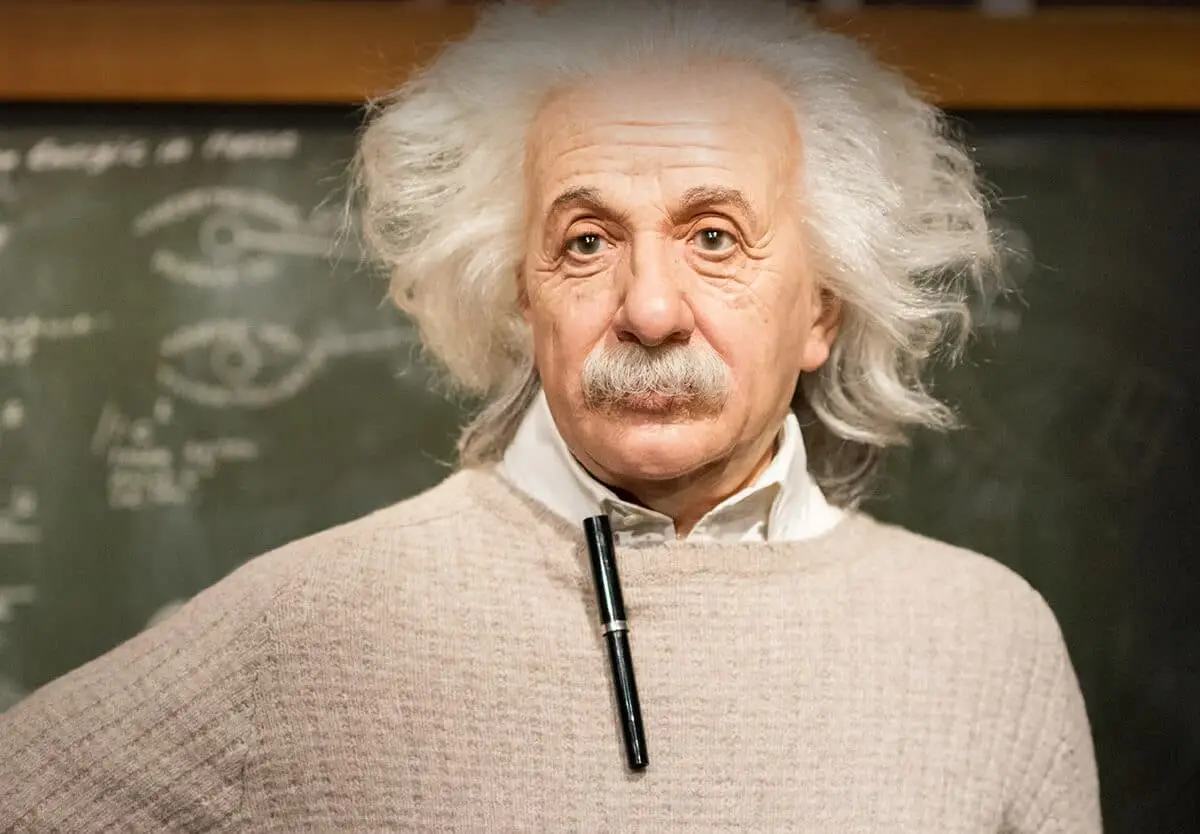






Contact Us Today!
Begin Your Journey!
AIU’s Summer of Innovation and Growth gives you the ability to earn up to $5000 in tuition credit by completing free lessons and courses.
Whether you’re looking to acquire new skills, advance your career, or simply explore new interests, AIU is your gateway to a world of opportunities. With free access to 3400 lessons and hundreds of courses the ability to earn credits and earn certificates there’s no better time to start learning.
Join us today as a Guest Student and take the first step towards a brighter, more empowered future.
Explore. Learn. Achieve.

Contact Us
Atlantic International University
900 Fort Street Mall 905 Honolulu, HI 96813 [email protected]
Quick Links
Home | Online Courses | Available Courses | Virtual Campus | Career Center | Available Positions | Ask Career Coach | The Job Interview | Resume Writing | Accreditation | Areas of Study | Bachelor Degree Programs | Masters Degree Programs | Doctoral Degree Programs | Course & Curriculum | Human Rights | Online Library | Representations | Student Publication | Sponsors | General Information | Mission & Vision | School of Business and Economics | School of Science and Engineering | School of Social and Human Studies | Media Center | Admission Requirements | Apply Online | Tuition | Faculty & Staff | Distance Learning Overview | Student Testimonials | AIU Blogs | Register for Program | Privacy Policy | FAQ
